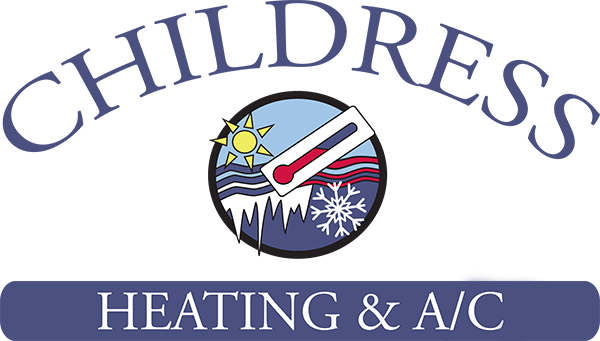Once the weather is cooling off, you might be thinking about how you’ll make the most of your heating and cooling. After all, HVAC costs can add up to a significant chunk of your monthly electric bill. To try and find ways to reduce costs, some homeowners look closer at their thermostat. Is there a setting they should use to increase efficiency?
Most thermostats have a ‘Fan’ or ‘Fan On’ setting. But if the fan is on during a typical cycle, what can the fan setting provide for an HVAC system? This guide will help. We’ll share precisely what the fan setting is and when you can use it to save money over the summer or winter.
How Do I Access the Fan Setting on My Thermostat?
For most thermostats, the fan setting signifies that the air handler’s blower fan stays on. A few furnaces can generate heat at a low level in this setting, but for the most part heating or cooling isn’t being generated. The ‘Auto’ setting, in contrast, will turn on the fan over a heating or cooling cycle and switch it off once the cycle is finished.
There are pros and cons to using the fan setting on your thermostat, and what’s ideal {will|can|should]] depend on your personal comfort preferences.
Advantages to utilizing the Fan/On setting:
- You can keep the temperature throughout your home more uniform by permitting the fan to keep generating airflow.
- Indoor air quality should improve since constant airflow will keep passing airborne contaminants into the air filter.
- A smaller amount of start-stop cycles for the blower fan helps lengthen its life span. As the air handler is typically part of the furnace, this means you can minimize the risk of needing furnace repair.
Drawbacks to using the Fan/On setting:
- A constant fan will likely increase your energy expenses somewhat.
- Constant airflow could clog your air filter up more quickly, increasing the frequency you will want to replace it.
{Choosing Between|Should My Thermostat Be on|Which Setting for My Thermostat? Fan or Auto in Summer/Winter
In the summer, warm air may stick around in unfinished spaces including the attic or an attached garage. If you leave the fan on, your HVAC system might pull this warm air into the rest of your home, pushing the HVAC system to run longer to keep up with the set temperature. In extreme heat, this can result in needing AC repair more regularly as wear and tear grows.
The reverse can occur during the winter. Cooler spaces like a basement will hold onto cooler air, which may eventually drift into the rest of your home. Keeping the fan on may pull more cold air upward, increasing the amount of heating you need to stay warm.
If you’re still trying to decide if you should use the fan/on setting, keep in mind that every home and family’s comfort needs will vary. Leaving the HVAC system’s fan on may work for you if:
Someone in your household has allergies. Allergies and other respiratory conditions can be tough on the family. Leaving the fan on should help to enhance indoor air quality, helping your family breathe easier.
Your home deals with hot and cold spots. All kinds of homes wrestle with persistent hot and cold spots that quickly return to a temperature different from the rest of the house. The fan setting can help lessen these changes by constantly refreshing each room’s supply of air.
